Reducing material waste in the production process of film slitting machine requires collaborative optimization from two aspects: precise slitting technology and efficient recycling system, combined with intelligent management methods. Here's a systematic solution:
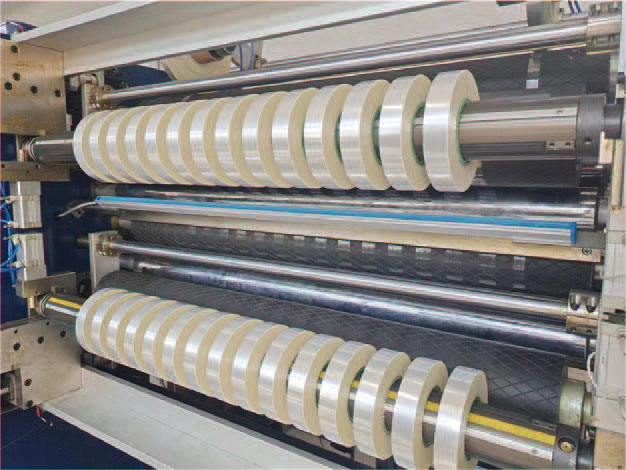
First, optimization of precision slitting technology
1. High-precision tension control system
◦ Closed-loop servo tension control is used to monitor the fluctuation of coil tension in real time (accuracy ± 0.1N) to avoid edge tearing or serpentine deviation caused by uneven tension.
◦ Equipped with automatic deviation correction device (such as ultrasonic or photoelectric sensor) to ensure the alignment accuracy (within 0.2mm ± the slitting process).
2. Intelligent blade management
◦ Use diamond-coated round knives or high-frequency laser slitting technology to extend tool life and reduce flash.
◦ Install a blade wear monitoring system to provide early warning through vibration sensors or visual detection to avoid uneven slitting caused by tool passivation.
3. Dynamic slitting parameter adjustment
◦ Based on material properties (e.g. PET, PP, PE) and thickness, the optimal slitting speed, pressure and temperature are automatically matched via the MES system.
◦ Use AI algorithms to predict the quality of slitting and adjust parameters in real time (e.g., preset "Slitting Parameter Database" to reduce trial cutting waste).
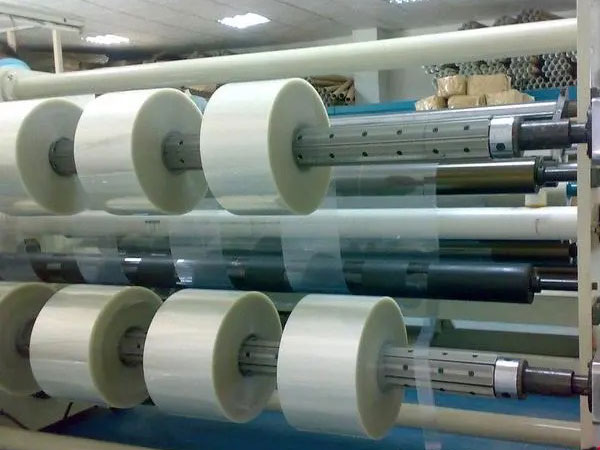
Second, upgrade the recycling system
1. On-line recycling of offcuts
◦ The slitting machine is integrated with an edge crusher to directly crush the leftover materials into 5-10mm particles, which are transported to the central recycling bin through the negative pressure pipeline to avoid manual collection and loss.
◦ The recycled material can be mixed into the new material in proportion (5%-20%) after melt filtration (filtration accuracy ≤50μm).
2. Waste film sorting and recycling
◦ Near-infrared (NIR) sorting technology is used to automatically identify different materials (such as distinguishing between PE and PP) to improve the purity of recycled materials.
◦ Set up a multi-layer vibrating screen to separate dust and impurities to ensure the uniformity of recovered particles.
3. Digital tracking of surplus materials
◦ Assign an RFID tag to each parent roll to record the length and position of the remaining material after slitting, so that it can be used first next time (reduce the accumulation of "zombie rolls").

Third, intelligent auxiliary measures
1. Closed-loop feedback for visual inspection
◦ Deploy a linear CCD camera at the slitting outlet to detect defects such as slitting width and burrs, and feed the data back to the control system for real-time correction.
2. Digital twin simulation
◦ Maximize parent roll utilization (target > 98%) by virtually simulating rehearsing slitting scenarios (e.g., optimizing the knife path).
3. Energy & Loss Kanban
◦ Kanban displays KPIs such as scrap rate and recycling rate in real time and links them to employee performance to promote lean production.
Fourth, economic benefit assessment
Take a BOPP film production line with an annual output of 5,000 tons as an example:
• The traditional scrap rate is about 3%-5%, which can be reduced to less than 1.2% after optimization.
• The recycling system can reuse 30% of the leftovers, saving about 1.5 million yuan in raw material costs (based on the market price of 12,000 yuan/ton).
Through the three-dimensional strategy of high-precision slitting + closed-loop recycling + data-driven, the material waste in the film slitting process can be significantly reduced, and the ESG rating can be improved at the same time. In the actual implementation, it is necessary to transform the equipment in stages according to the degree of newness and oldness, and give priority to solving the pain points such as tension control and scrap recycling.
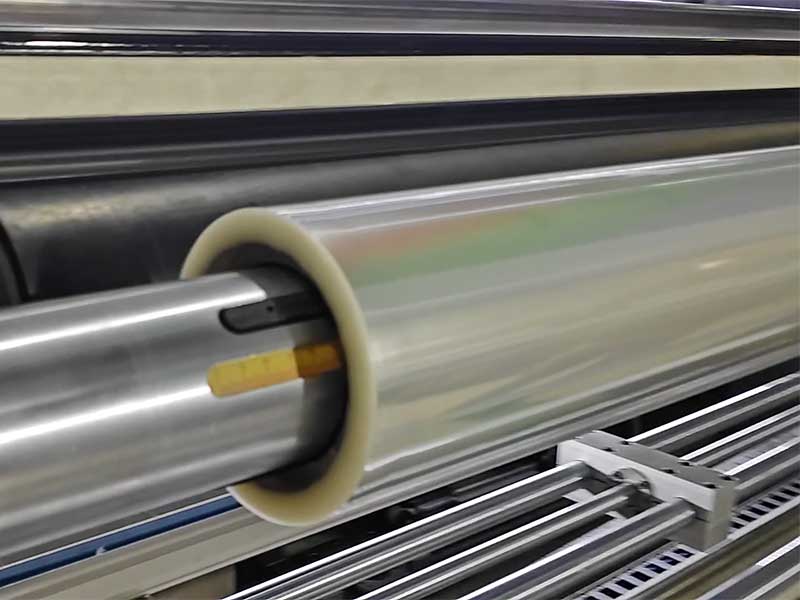
The intelligent control design of the new generation of film slitting machine represents the transformation of industrial equipment from "tool" to "partner".
20. December, 2025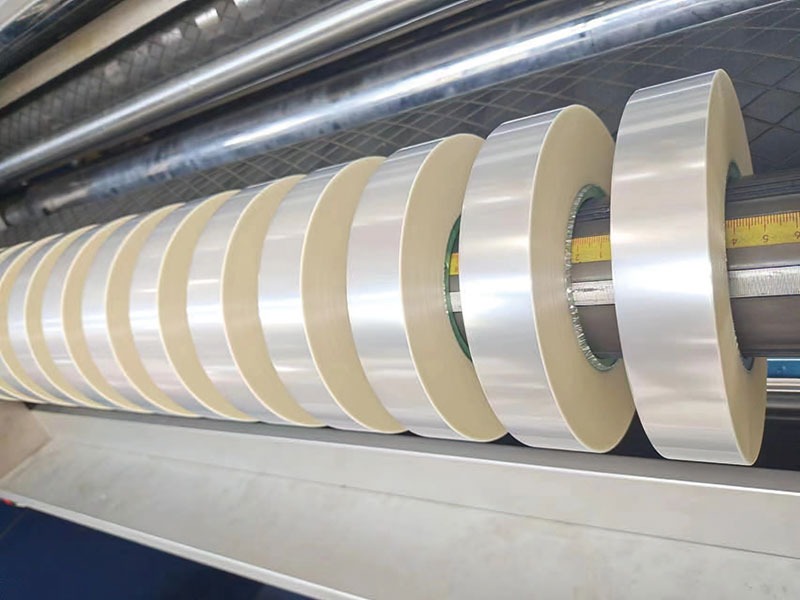
Achieving continuous 1,000 hours of trouble-free operation requires not only systematic technical upgrades, but also all-round innovation from design concept to maintenance strategy.
20. December, 2025
In the face of a dazzling array of models on the market, how to make informed decisions when purchasing?
20. December, 2025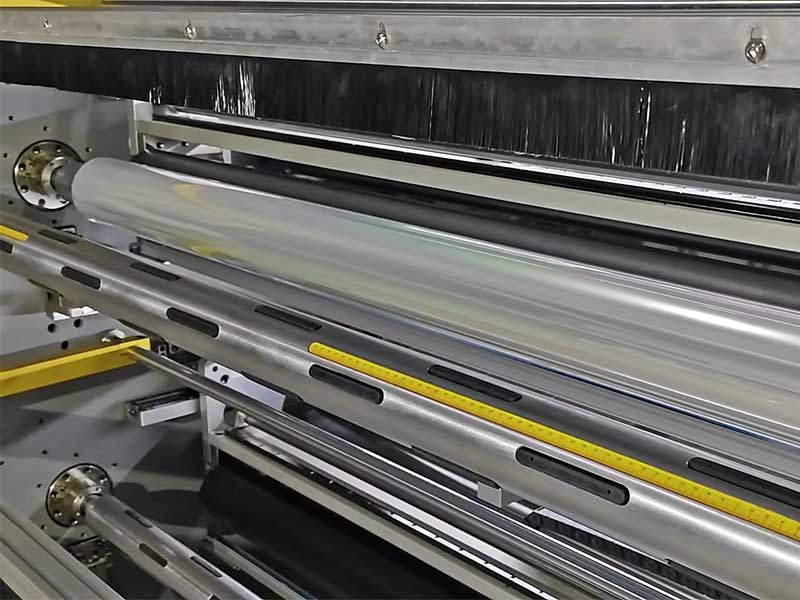
These film materials need to be precisely cut into different widths during the production process to meet the needs of various models and components.
10. December, 2025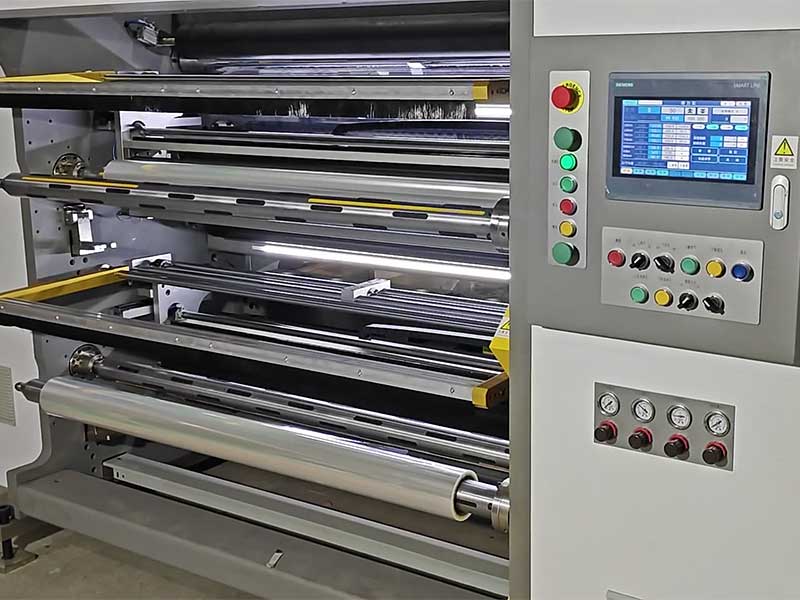
The automotive film slitting machine, an increasingly intelligent "cutting knife", is accurately cutting out redundant costs, inefficient processes and backward production methods.
10. December, 2025